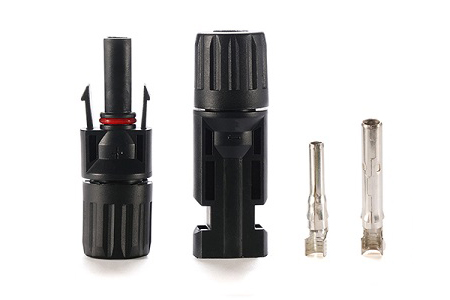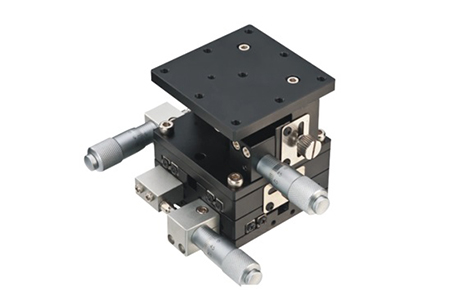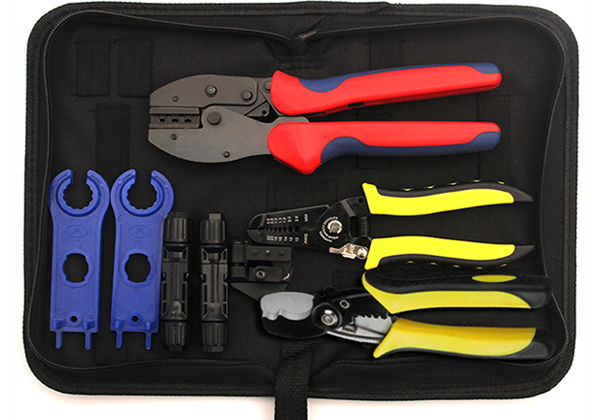Surge protective device(spd)
A DC SPD (Surge Protective Device) for photovoltaic (PV) systems is a protective device designed to safeguard PV installations from voltage surges and transient overvoltages. These surges can be caused by lightning strikes, grid switching, or other electrical disturbances. The DC SPD is specifically tailored for direct current (DC) applications, which are typical in PV systems where solar panels generate DC electricity.
Installation Considerations
Location: DC SPDs should be installed as close as possible to the equipment they are protecting, typically near the inverter or combiner box in a PV system.
Wiring: Proper wiring and grounding are essential to ensure the SPD functions correctly and safely.
Maintenance: Regular inspection and maintenance of the SPD are necessary to ensure it remains effective over time.
An AC SPD is a protective device designed to safeguard electrical systems and equipment from voltage surges and transient overvoltages in alternating current (AC) circuits. These surges can result from lightning strikes, power grid switching, or other electrical disturbances. The AC SPD is installed in AC power distribution systems to divert excess energy and prevent damage to connected devices.
Solar mc4 connectors(mc4)
Application Scenarios:
Solar Panel Wiring: Connects solar panels in series or parallel to form strings.
Inverter Connections: Links solar panel strings to inverters for DC-to-AC conversion.
Extension Cables: Used to extend wiring between panels or to other system components.
Maintenance and Repairs: Allows for easy disconnection and reconnection during system maintenance.
Advantages:
Reliability: Ensures stable and secure electrical connections.
Safety: Prevents accidental contact with live DC wires.
Compatibility: Widely adopted standard in the solar industry.
Precision Manual Displacement Platform(PMDP)
- Microscopy: Adjusting sample position for clear imaging.
- Optics: Aligning lenses, mirrors, or lasers.
- Manufacturing: Precise positioning in assembly or testing.
- Research & Development: Fine-tuning experimental setups.
- Semiconductor: Aligning wafers or components.
- Metrology: Accurate measurement and calibration.
tools
- Photovoltaic connectors and related tools. Such as MC4 photovoltaic connectors and crimping pliers, used to connect photovoltaic panels and cables to ensure the efficiency and safety of the power station.
- Measurement and inspection tools. Such as clamp multimeters and ground resistance testers, used to measure current, voltage, resistance and line continuity, as well as ensure ground safety.
- Maintenance tools for photovoltaic racks and inverters. Used to maintain the structure and functionality of photovoltaic systems.The use of these tools is critical to maintaining the performance and extending the life of your photovoltaic system.
Solar tools refer to various special tools and technical equipment used for the installation, maintenance and repair of photovoltaic systems.





